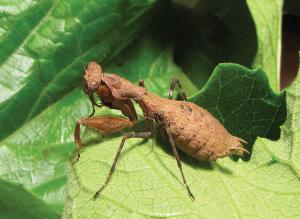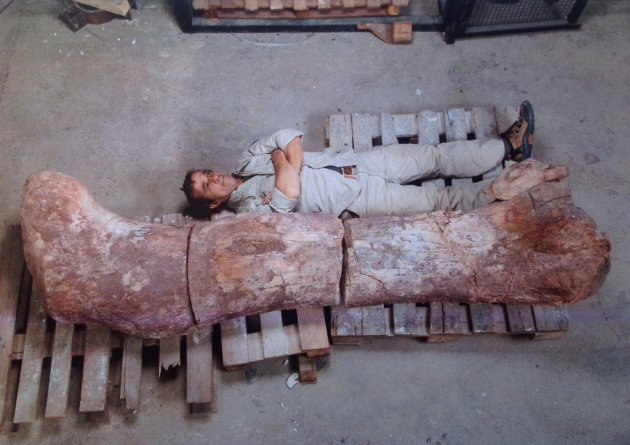Yeah, it's like that ...!
Carolina Naturally is read in 199 countries around the world daily.
Taffy ... !
Today is - National Taffy Day
Don't forget to visit our sister blog: It Is What It Is
Some of our reader today have been in:
The Americas
Paupack, Zeeland, Pollock, Bratenahl, Poquoson, Lents, Boise, Sylva and Friona, United States
Calgary, Saint John's, Sherwood, Mississauga, L'ancienne-Lorette and Lake Louise, Canada
Luquillo, Puerto Rico
Sao Paulo, Brazil
Colegiales, Argentina
Medellin, Colombia
Tipitapa, Nicaragua
Mexico City, Mexico
Europe
Teixoso, Porto and Lisbon, Portugal
Reykjavik, Iceland
Eixample, Palma, Santa Cruze De Tenerife, Madrid and Algeciras, Spain
Bucharest, Romania
Rouen, Toulouse and Lyon, France
Calgiari, Treviso, Ivrea, Rome, Milan and Venice, Italy
Vladivostok, Ryazan and Moscow, Russia
Dublin, Ireland
Arendal, Norway
Sarajevo, Bosnia and Herzegovina
Amsterdam and Amersfoort, Netherlands
Dubrovnik, Croatia
Minsk, Belarus
Maribor, Slovenia
Nuremberg and Dresden, Germany
Waltham and Pool, England
Vienna, Austria
Asia
Pita Kotte, Sri Lanka
Tehran, Shiraz and Mashhad, Iran
Carthage, Tunisia
New Delhi, Kolkata, Bangalore, Balotra, Pune, Konnagar, Jodhpur, Hyderabad, Shillong, Calicut, Bikaner, Mumbai and Goa, India
La Dagotiere, Mauritius
Kuala Lumpur, Malaysia
Dubai, United Arab Emirates
Doha, Qatar
Medan and Jakarta, Indonesia
Muscat, Oman
Riyadh, Saudi Arabia
Africa
Nairobi, Kenya
Durban, South Africa
The Pacific
Sydney, Poona and Melbourne, Australia

















































